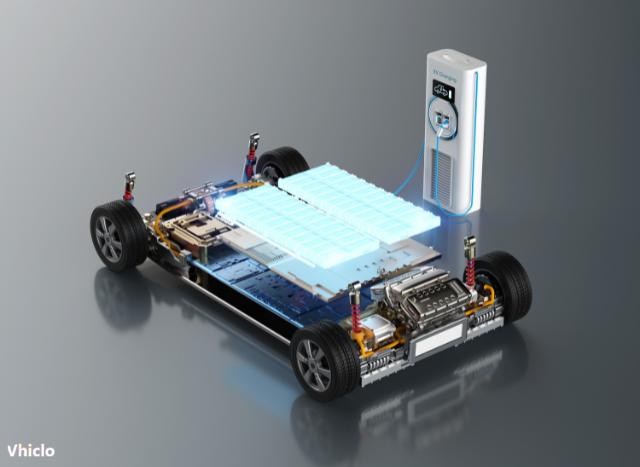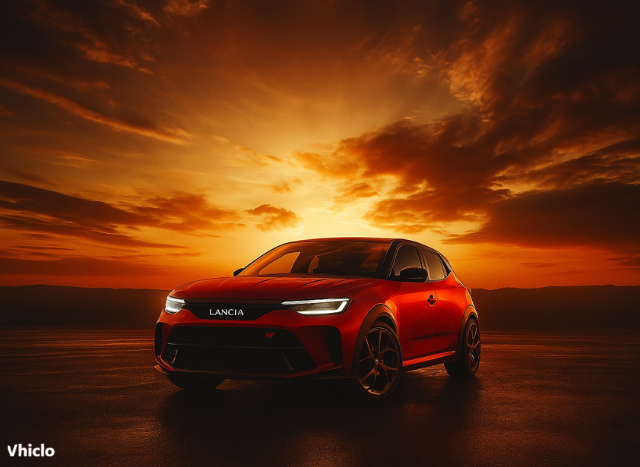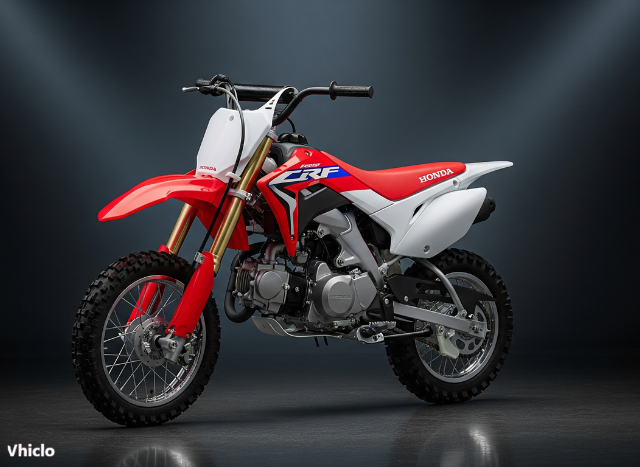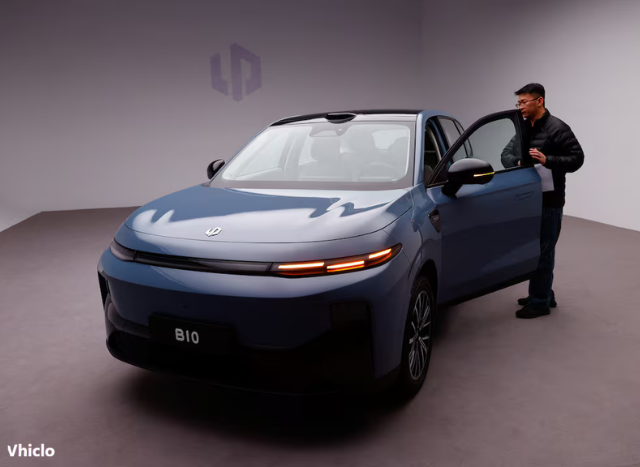As electric vehicles (EVs) become more common, so do the questions around EV battery alternatives. Among the most discussed technologies is the capacitor—a fast-charging, long-lasting energy storage device found in everything from electronics to advanced automotive systems.
But could capacitors replace bulky, expensive EV batteries? Despite their advantages, the answer remains a firm no, for now.
Contents
Capacitors vs. EV Batteries: What’s the Difference?
Unlike lithium-ion batteries, which rely on electrochemical reactions to store and release energy, capacitors store electricity physically, using a separation of electrical charge on two conductive plates. This difference results in distinct performance traits:
| Feature | Lithium-Ion Battery | Capacitor |
|---|---|---|
| Energy Density | High | Very Low |
| Charging Speed | Moderate to Fast | Extremely Fast |
| Size & Weight | Bulky but manageable | Excessively heavy at scale |
| Discharge Rate | Stable | Rapid, often uncontrollable |
| Lifespan | Limited cycles | Very long |
Why Don’t EVs Use Capacitors?
Although capacitors excel at instant energy release and rapid recharging, their primary drawback is low energy density. To match a 100-kWh EV battery, a capacitor system would weigh up to 10 times more, making it far too heavy and inefficient for use in a full-size electric vehicle.
Increasing operating voltage can help boost energy storage, but ultra-high-voltage capacitors are difficult to manufacture and raise safety concerns in consumer vehicles.
Additionally, capacitors suffer from unstable voltage levels as they discharge. Unlike batteries, which maintain consistent output, capacitors drop by 30% at half charge and nearly 70% when 90% depleted. This requires complex power electronics to deliver steady performance to EV motors, adding cost and engineering complexity.
Another issue is energy retention. Capacitors self-discharge more quickly than batteries. Even high-performance supercapacitors lose noticeable energy within a week when idle.

Where Capacitors Do Make Sense in Cars
Some automakers already use capacitors—just not as battery replacements. Examples include:
- Mazda’s i-ELOOP system: Captures regenerative braking energy in short bursts.
- Lamborghini Sián FKP 37: Uses supercapacitors for a hybrid energy boost and quick discharge.
These niche uses showcase the strengths of capacitors—fast energy deployment and long operational life—but also confirm that their limitations prevent full EV propulsion.
The Rapid Charging Fantasy
In theory, capacitors could charge at blistering speeds. A 100-kWh capacitor might recharge in under one minute. But that would require an instantaneous power draw of 6000 kW—equal to the electricity demand of 3,500 average homes. The infrastructure needed for such charging would be massive and cost-prohibitive.
A more viable setup would involve station-side capacitors, slowly charged and then discharged quickly into the EV, either via direct connection or high-powered wireless transfer. But even this concept is years away from becoming practical.
Final Verdict: Capacitors Are Complementary, Not Competitive
While capacitors offer impressive charging speed and durability, their disadvantages—low energy density, complex voltage management, and rapid discharge rates—keep them from replacing EV batteries anytime soon.
However, expect to see more automakers adopting capacitors for targeted applications where their advantages shine, such as regenerative braking, power boosts, or next-gen hybrids.
Automotive industry expert and editor of Vhiclo, specializing in car news, EV technology, and in-depth vehicle analysis. With years of experience in the field, Koutaibah provides trusted insights for enthusiasts and professionals alike.






